Leaderboard
Popular Content
Showing content with the highest reputation on 03/02/2021 in all areas
-
A few points to ponder: 1. Prop efficiency: Bob Kromer (former Mooney test pilot) has stated that the M20J prop has maximum efficiency at 2500 rpm. However, with a constant speed prop, the efficiency curve is relatively flat, so it probably doesn't make a big difference over the range of normal cruise rpm. Lower rpm does reduce the horsepower lost to friction. On the other hand it reduces power once the throttle is wide open. 2. LOP: Leaning reduces both BSFC and power. One way of thinking about it is to run as lean as you can and still get the power you need for whatever speed you want. WOT always provides the greatest efficiency for two reasons: less pumping loss (work done sucking air around the restriction of the partially closed throttle plate) and the engine doesn't exhaust burned gases as well at lower intake/exhaust pressure ratios which lowers combustion temperatures. 3. Carson speed: The best range for fuel burned is at L/Dmax speed. Bernard Carson's contribution was to recognize that the utility of airplanes has a lot to do with speed and he came up with a speed that minimizes fuel consumed per unit of velocity (kind of like SFC is fuel consumed per unit of power). Mathematically it works out to the speed for (CL1/2/CD)max which is 1.32 * max L/D speed. I've attached Carson's original paper which is an interesting read. Skip AIAA.1980.1847.B.H.Carson.pdf4 points
-
This place was awesome! Needed an ignition harness called a more well known (better advertised) name company told it was a 12 day lead time after 13 days they hadn't even charged my card for a single harness. Read this post decided to give them a call last Thursday placed an order, told 3 business days then drop shipped. Called cancelled the original order. Got both harnesses shipped cheaper than the other place. Here it is Monday and sure enough as promised, harnesses delivered. Very pleased. Now I can get the plane put together and annual complete. Heres to Mooneyspace the network and knowledge!3 points
-
I was at the hangar today and pulled the Aux breaker with only the master on and the radios didn't come on. Weird, because I know that they did last time I tried it. But then I also noticed that I could turn the landing light on which is powered through the aux bus and should be disabled with the Aux breaker pulled. So I pressed the Aux breaker in and held it fully depressed and the radios came on and and the landing lights went out. When I released the breaker, it popped out a fraction and the radios went off and the landing light went on indicating power to the aux bus. Looks like the aux breaker is going flakey. This is only the second time I've tested it in 2-1/2 years. I'm going to add testing all the breakers to my annual checklist. Skip3 points
-
3 points
-
3 points
-
I still think the speed mod that gives the most bang for the buck is extra gas. Fuel stops slow you down more than anything.2 points
-
The equation used to get BSFC is different depending on whether the engine is running LOP or ROP. On one side Fuel Flow matters and is part of the equation, on the other side it doesn't. Therefore it doesn't make sense to add either numbers to the chart. The chart can be read completely and appropriately using the numbers provided. But as @bluehighwayflyer said, I know how it works and how to use it. I cruise my turbo 252 in the flight levels somewhere between 20° and 30° LOP and enjoy a 35% fuel savings for only a 10% speed penalty. It also keeps my cylinders cool and my turbo happy. And on long flights, nothing says speed like skipping a fuel stop. So when all the ROP guys have to stop for gas, I just keep going2 points
-
2 points
-
Then look for a K with the Encore conversion. There aren't a whole lot, but some are still being upgraded (here by @Parker_Woodruff and @gsxrpilot that I can think of offhand).2 points
-
I thought possibly a data base exists which gives validity to the continuance of the Eddy current test for the hubs. Maybe it does, I just need to search (as you suggest). Hmmm! My propeller shop ( for 33), to the best of my knowledge, has never discovered a descrepant hub via the AD. You are correct, it is a pain!! I am, and have been since the AD inception, wondered is it, or was it a knee jerk reaction to limited situations, or as others ( love that term ), a political move to sell new propellers? Have I mentioned the AD is a HUGE pain?2 points
-
Don is local to me at Cannon Creek and rebuilt my Bendix's in an afternoon. EXTREMELY competitive pricing. IIRC I paid $450 for him to IRAN both with new points, contacts, wipers, etc, etc, etc. Of course he was a mile away so no shipping.... I highly suggest him. He also builds and overhauls engines and has been a staple in North/Central Florida for quite a while.2 points
-
Yeah, that's a later model year fix. I have had the difficulties with my trim moving on my '62 as well. We even paid a mooney service center to "tighten up" the trim, which did nothing...not even certain what they did. One thing we looked at was retrofitting the later friction device. We decided that a newer trim wheel would be required (as the original was not designed for the added wear). A hangar elf put some friction material between the trim wheel and the riser and I haven't had nearly as much of a problem since.2 points
-
One thing to keep in mind about instruments with backup batteries is that batteries degrade over time. The ICA for each instrument usually has a requirement for periodic test and also replacement intervals. Also the main battery should be capacity tested annually. As lead-acid batteries degrade, they lose capacity. Just because it starts the airplane fine doesn't mean it will run your panel for any length of time. Skip2 points
-
Never had to replace one more than every 10 years. The weight is negligible. Just skip lunch.2 points
-
Not sure if its the same as the one that came on my ovation, but be careful when you take the bulb out. That colored lens will suddenly liberate itself from the wing tip and if it hits the floor it will cost you $40-80 depending on how good you are at ebay.2 points
-
2 points
-
2 points
-
hi everyone! thanks soo much for all the support! we've not been waiting for that surprise, thanks so much again and again! (especially to you @carusoam such a nice person you are! here is a bit of our (sekomel) story: we'r both first officers at turkish airlines currently, I fly (seko) b777 while my wife (mel) flies b37. we'r both graduated from turkish airlines aviation academy - I did my trainee in ireland and she did it in turkey- and we've met in university (knowing each other since 2007) aviation is one of our big passion in our lives so we've been trying hard to buy an airplane for ourselves last couple years (saved money but took some time as turkish lira lost huge amount of value against dollars/euro) about our beatiful but lonely country..:) turkey is one of the leading at commercial aviation (especially turkish airlines and pegasus airlines leading europe for the last one year even though covid-19 crisis) countries among european countries..however..we are well behind general aviation, unfortunately.. there are appx 500 single engine types of airplanes all around in turkey (compare with population is 80 million!) so we have looong way to go.. I know there are thousands of youtube channels way better than us but we're just started and the good part is that turkish people (especially the youngest) are really reacted good to our videos. I think it is a good signal for the general aviation's future in turkey.. our big dream is 'circumnavigate the world' which will be first in turkish aviation history and I hope this will lead turkey's general aviation to step up for the next gens.. as we have been flying last 5 years at jet airplanes, we are now flying some 'trainee' flights (some of you might be remember the topic I created about a week ago) to remember the idea of visual flight rules and how to handle single engine type of airplanes etc.. I have a dream that someday, some of you will come to Istanbul and we will fly all together, I will show Thanks a million again for the warm welcome & support..we felt that it in our heart from thousands of kilometres away..we would like to host you anytime in Istanbul or any part of Turkey, maybe with the 'mooneys' ..who knows. @ArtVandelay @N201MKTurbo I hope we will post it in english soon, it is really takes time making a video..also our flights and private life etc..but I hope we can create some time for english subtitle from now on..(subtitle is easy part but synchronisation is killing me..) @xcrmckenna hope they were quite though @flyboy0681 she will be..after we've done our transition to mooney..she can pick any seat (left or right does not matter for her) @carusoam thanks a million again for giving that chance.. I wish you all healthy days, sekomel2 points
-
Lot's of flying recently. IFR training flights on the 20th, 24th, and 27th. You can read about those flights over in my training thread or on my blog. In between I squeezed a short 15 minute flight on the 26th over to KRAL after work for some less expensive fuel and to see what it looks like outside the plane when you are flying. Yesterday afternoon after my morning IFR training flight my wife and I took her sister-in-law for her first small plane flight along the coast down to KSEE for a late lunch. The smallest plane she had previously been in was a 12 passenger puddle jumper. It was a little hazy but a beautiful flight none the less. She enjoyed it. On the way back we took a turn over the Port of Long Beach to see all the container ships that are stuck waiting to unload. (@Hyett6420, life jackets on everyone)2 points
-
Thanks @carusoamfor leading them to the growing list. @KLudwickowns an E and is willing to travel if @mike_elliottcant make it up. I’m close but have very limited E time, let us know @Hakarhow the search goes. Maybe reach out to the guys in Dalton Georgia or Daytona MSC to see if they know of someone who could help.2 points
-
And where water pours out of the aft overhead air vents if the drain tube is blocked. Or- if you fly through the remnants of a tropical storm and overwhelm the drain tube .1 point
-
1 point
-
No, fuel flow does matter, it matters a whole lot. What shoud be considered is that throttling by fuel flow is nothing new, Long time ago a guy named Rudolph Diesel developed an engine that was entirely throttled by fuel flow, it operates at all times without a throttle valve regulating air flow, it never has a vacuum in its intake manifold, it’s if you will the ultimate LOP engine. It also demonstrates rather well that fuel flow does matter, as fuel flow is the way that power production is regulated. One thing people lose sight of is that these engines are heat engines, that is the motive force is derived by the rapid expansion of air from heating, it’s not an explosion or anything else, it’s no different than a turbine in that respect, and just like a turbine the max power output is pretty much determined by how much heat the engine can handle. ‘So within limits increasing the amount of air that’s available to expand by heat will increase efficiency, but the heat has ti there to expand the air, and of course the heat comes from fuel flow.. A turbo is a pure heat driven turbine, and what makes a turbo “happy” is lower temps, and 25 LOP is hotter than 50 ROP, by 25 degrees of course. Replace those numbers with any others you want to, a turbo only know temps, it doesn’t care LOP or ROP. ‘Cylinder head temps follow power production, they are cooler at LOP because power is down, not because there is any “excess” air available to cool the heads.1 point
-
120 hrs for me in my bravo. I flew with an instructor until I was absolutely comfortable.1 point
-
I forgot your wife was a big photographer! I just bought the new iPad Mini with the 8mp camera. It's certainly better than my iPhone camera. Do you know about the ND filters for the iPads? Do they work pretty well?1 point
-
Wear vs. rpm and the effect of rpm on engine output: A Lycoming IO-360 has a stroke of 4.375". Assuming it runs for 2000 hours at 2600 rpm vs 2500 rpm, the piston rings will travel within each cylinder an additional: 4.375 in./stroke x 2 strokes/rev x 100 rev/min x 60 min./hour x 2000 hr. / 12 in./ft. / 5280 ft./mi. = 1,657 miles. Much of the internal friction comes from the cylinder/ring interface and that friction dissipates as additional heat raising CHTs. The only two reasons I can think of for running a higher rpm is if you need the additional power or you find a rpm that generates smoother operation. Engine torque is a function of BMEP which is in turn a function of volumetric efficiency (among other things) which is a measure of how efficient the engine is at filling each cylinder with air during the intake stroke. Brake torque is a measure of the work output of the engine. Power is the rate at which work is performed. So, BHP = Brake torque x rpm. Skip1 point
-
The comments aren't regulatory. Only the text of the actual AD matters. You can see under applicability that it give the series identifiers for the hubs which match what is listed on the type certificate for the E and F models and specifies that they are installed on Lycoming engines including the IO-360 series.. The list of aircraft has the following caveat: "These propellers and engines could be installed on, but not limited to:" Which means the list isn't comprehensive and you have to determine applicability from the prior text.1 point
-
1 point
-
1 point
-
Does anyone else find it confusing that "engine reference manuals" contains airframe maintenance manuals and "Pilot operating handbooks" contains parts manuals? Would it not help to add a few more categories and reorganizing the documents that are all ready there. Some examples of new categories would be like: Parts manuals Mooney Service Manuals STCs and 337s ADs and SBs Checklists I would be more then happy to help catalog if able.1 point
-
If the components have failed it’s a different story. But if they’re still working there is no way you’ll ever detect that 4 lbs of pump and indicator and you’ll never cry over too many attitude indicators.1 point
-
The seats are included in the airplane empty weight and moment so if you want to include the weight and moment of the seats with the occupants, you would need to subtract the weight and moment of the seats from the aircraft empty weight and moment. According to the M20J POH, the aircraft empty weight and moment is calculated with the seats in the most forward position. Thought experiment: If your front seat passenger has the seat forward at takeoff and then decides to slide the seat back to the aft stop during flight, do you need to recalculate weight and balance? Skip1 point
-
I did not have the original weight & balance and equipment list for my airplane. It was exported to Canada in 1977 and when imported 25 years later, the original logs for N6835V weren't with the plane (1975-1977 missing), nor the original weight & balance. Friday afternoon I emailed Mooney asking if they still had the records. Within 2 hours, Kevin Kammer, Director of Customer Service answered back that he would try to find what I needed. Monday, 11 AM, Kevin emailed copies of the original weight & balance and equipment list dated 6/19/1975. I am impressed with that kind of service. There were a couple things in the information he sent that brought understanding to a few things. Looking at the TCDS (possibly old and out of date) for the M20C, it showed the front seats as being from 36.5 to 44.0" aft of datum. There is a 1966 C weight & balance available for download on MooneySpace showing those numbers stating the seats have 6 adjustment positions in 1.25" increments. Oops, do the math on that, something is off. That would give an adjustment range of 6.25", not 7.5. With the original weight and balance in hand, it lists the range of adjustment from 37.75 to 44.0" with 6 positions, 1.25" increments. That fixes my main problem of a too forward CG with only two on board. Nothing like having correct information. As far as taking the seats themselves into account, the 1975 info does not appear to do that. But as Skip pointed out, the chart may. Pretty hard to see such a small number on those charts. The 1966 C weight & balance available for download on MooneySpace does have a line for the position of the empty seat itself. It lists the weight at 17 pounds each. Yesterday I weight my leather covered articulating seat with headrest at 20.5 pounds. Friday I emailed Garmin Pilot asking why the seat weight itself was not taken into account as it moves it's full range. They emailed back today (anonymous customer service) their developer were looking into that. RobertGary1, the format of my owners manual is just about the same as the 1977 J POH. I meant to look a the front cover to see exactly what it was called, but forgot. It was even on my checklist and still forgot.1 point
-
1-11000K feet probably not. As you get higher and the air gets thinner probably yes but not enough to matter. The TN allows the engine to make the same power but the prop is what uses that power and it becomes less efficient as the air gets thinner. This why back in the day big giant props and geared engines were the rage. That being said you start crunching the numbers you are going to climb about 500-750FPM give or take at 120 mph IAS (it takes me @ 52 mins to FL250 as example). The amount of speed I loose climbing for an hour and burning 1/3 of my gas makes climbing to FL250 not very worthwhile unless it is a very long flight or the winds are crazy strong. You will find 9-12.5K is the sweet spot for a TN.1 point
-
Lots of things can make the power go out. This is why we have 2 magnetos for example. This is why I never understand folks who chest thump after throwing their vacuum system overboard.1 point
-
Great flying plane! Just got 6 hours in it with @mschmuff for my flight review and IPC. Happy to answer questions for anyone interested.1 point
-
Depends on altitude and conditions. But like @bluehighwayflyer said, 8-8.5gph LOP is the engine sweet spot and you try to pick an altitude (usually 6,000-9,000ft) that gives you 120kias and the best ktas you can get for it. I used to pay a lot of attention to degress LOP, and slowly leaning and all that. For most of my flying for the last 8 years I just do the big pull to the fuel flow and forget it. You do have to experiment a little in the beginning to know under which conditions this will work but at 8gph you can't hurt anything no matter how badly you lean it.1 point
-
I always thought to deny or grant the privileges of our licenses was the job of the FAA and the FAA only. If insurances start to pick only good risks and leave all those they DEEM a bad risk (without or with reason) then in mid term then why do we have licensing and certification bodies at all? Might as well hand it all to them. And be sure one bit: If it starts in aviation like this, other things like cars e.t.c. will follow. My opinion on this is absolutely clear: Nobody who has a valid license, valid rating and valid medical should ever be banned from flying by anyone but those responsible for issuing the said documents. Otherwise, we may as well hand over any form of regulation to the insurances.1 point
-
For flightseeing, just set for a speed that lets you see. For me, low altitude is generally 23" / 2300 but will be different for your J. Loafing along on Plane Ride Day with 172s and Cherokees, i also use 2300 but pull the throttle far enough to maintain spacing and not overtake, call it 105-110 mph and whatever MP that is. For real efficiency, fly at Vz, Carson's Speed. Should be several threads here about that, too.1 point
-
1 point
-
Life also used to be simpler. Systems were straightforward with a minimum of interactions between instruments and avionics. Now, everything is interconnected in ways that are not always obvious. I tried doing a failure modes and effects analysis on my bird and soon gave up -- the failure modes are not all obvious and neither are the effects. I couldn't even get good information from the manufacturers. Case in point: I asked Garmin what the effect on the GTX345 AHRS would be if the GPS signal from the GNC430W was lost. Tech Support didn't know and asked Engineering. The answer came back that it should still work. Skip1 point
-
More oil is better than less oil... I high level of oil.... will be good for Spreading contamination around resulting in lower concentration Of contaminants... Additional cooling from sitting in the aluminum oil pan for a longer period of time... Spreading degradation around resulting in lower concentration of degraded oil... Lower concentration of combustion by-products as well... So... If you fly around with a lower volume of oil in the oil pan... you may want to change the oil more frequently... based on concentrations of stuff you don’t want in there... Interesting math... If you start with six quarts of oil, and add a quart every 10 hours, then change the oil out at 50hours... how many quarts have you actually used? Expect all the contaminants to stay in the engine until the oil gets changed... PP thoughts only, not a mechanic... Best regards, -a-1 point
-
@Warren and I had a great time helping @john buhrman look over this 201. John took everyone's advice and within 24 hours of finding this one for sale, he jumped in his truck with his two dogs and drove straight through from Dillon, MT to Fort Morgan, CO to look it over and seal the deal. @Warren and I took his 231 and flew up from Denver (BJC) to help him look it over and give an opinion on the purchase. It's an all original 201 that's been a "work truck" for an aviation business and used for ferrying crews around the western states. There's room for some new avionics and the interior is what you'd expect in a work truck. But the John got a great deal on a regularly flying 201 with a mid-time engine. Welcome to the Mooney family!1 point
-
1 point
-
I would personally recommend you get the vaccine as soon as you’re able. Those Pfizer and Moderna vaccines pretty much knocked it out of the park with the first swing. It’s going to be hard to beat 95% efficacy and minimal side effects. Those of us in medicine are used to dealing with uncertainty and having to make decisions despite this uncertainty. Usually the pathologist can figure out what’s wrong with someone on autopsy but by then it’s too late, so the rest of us deal with incomplete information and make the best choices we can at the time. For the vaccine to be anywhere near as bad as COVID it would have to be the worst vaccine in the history of vaccines by far. Keep in mind “low risk” for COVID complications isn’t “no risk” and if you remember the FAA’s “risk matrix” something low risk with a catastrophic outcome still warrants mitigation. I’ve sent plenty of “low risk” people to the ICU this year so that doesn’t really reassure me as much as it seems to reassure others. I would argue you are “ridiculously low risk” of suffering an adverse effect of the vaccine so the smart move would be to get the vaccine instead of rolling the dice with COVID. I will freely admit I am biased. I’ve also been traumatized by what I’ve seen in the last 12 months. I signed up for the vaccine the second it was available and was one of the first to get it. I got my wife vaccinated as soon as I could. As soon as my son is eligible I’ll get him a shot. Go ahead and sign up when you can. Some places have been moving through their Tiers with impressive speed and I believe at least a dozen Moonryspacers have already been vaccinated.1 point
-
Annual all wrapped up, took a post maintenance trip around the pattern, everything looked good so took off again for a longer flight south around Santiago Peak which still had a little snow on it. With the higher mountains north and east I keep thinking Santiago is really a hill but at 5,700' about 20 miles from the coast I guess it qualifies as a mountain. I ended up at Riverside to buy their cheap fuel and then it was back to Fullerton. The skies were clear after the rain of the past few days and the snow on the distant mountains was beautiful, great to be flying again.1 point
-
1 point
-
I don't mind getting the vaccine, but I don't want to sign away my HIPPA rights and get in their damn database. It's none of the governments business what medicines I've taken (I know, I just did MedXpress) or what businesses I've visited. They are trying to get us to a point where you won't be able to do anything unless you identify yourself to prove you have been vaccinated. This will allow them to track your every move. None of their damn business!1 point
-
Finished the panel. It’s been about a year of planning and probably 200 hours of work. First flight yesterday was true gratification. Sent from my iPhone using Tapatalk1 point
-
You don't really torque this nut. You turn it gently until the bearing binds slightly and then back off to the next cotter pin slot.1 point




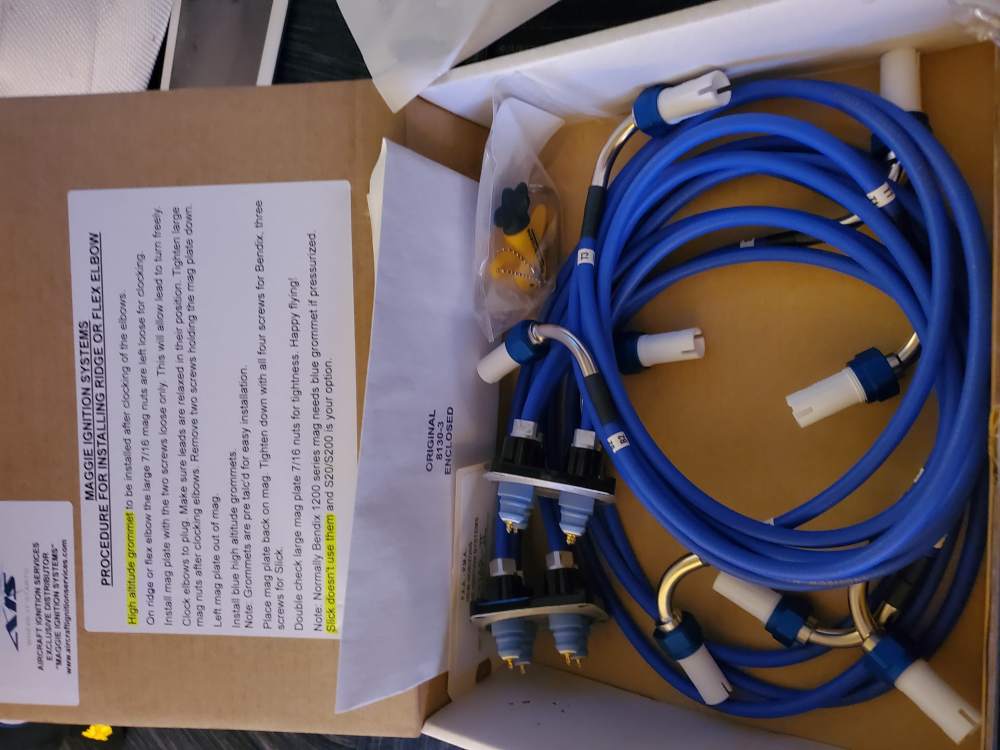

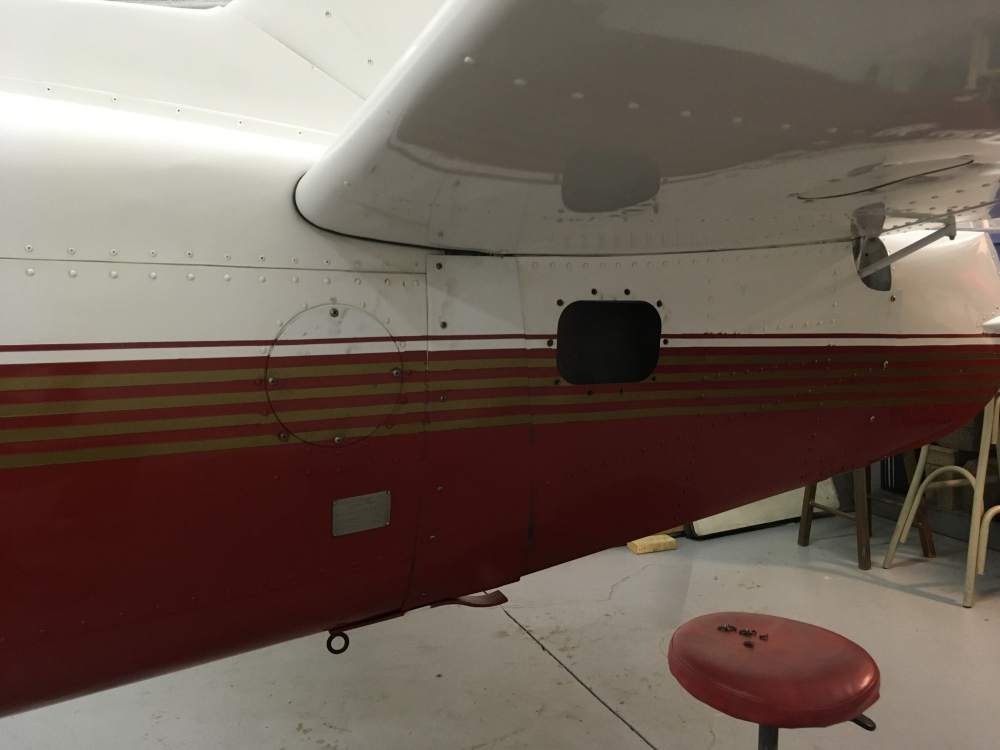
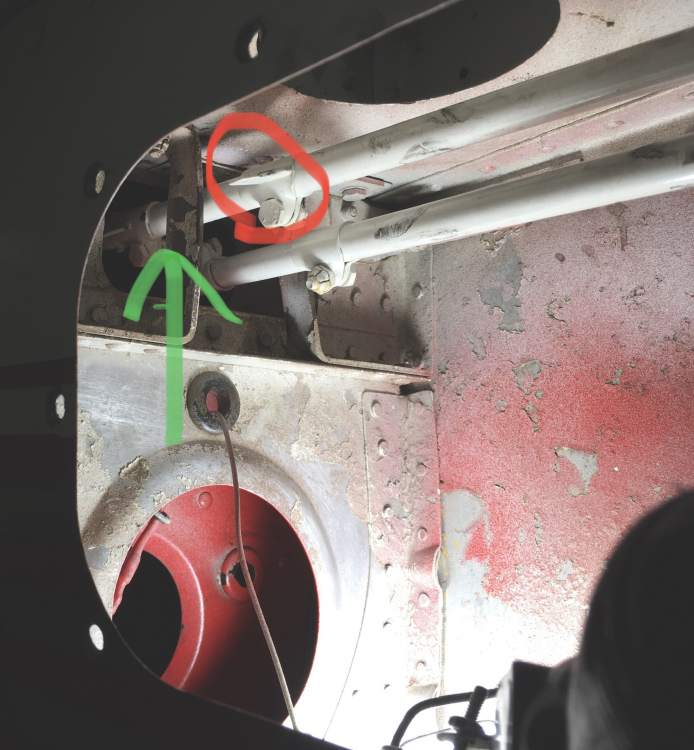



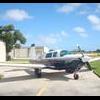
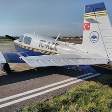

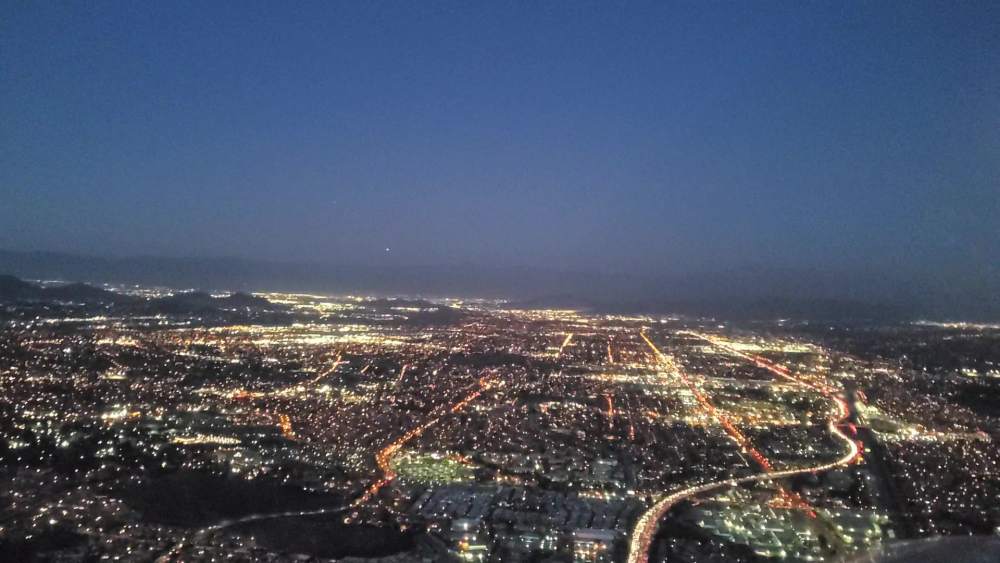

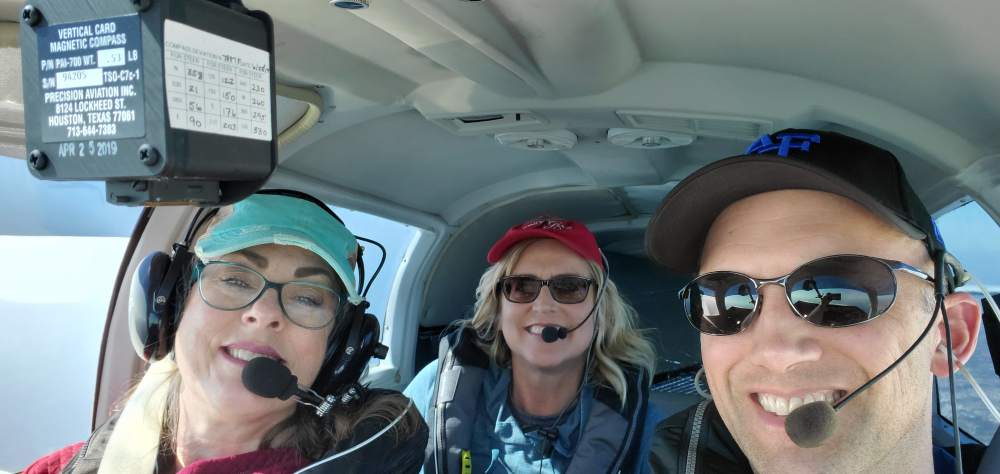

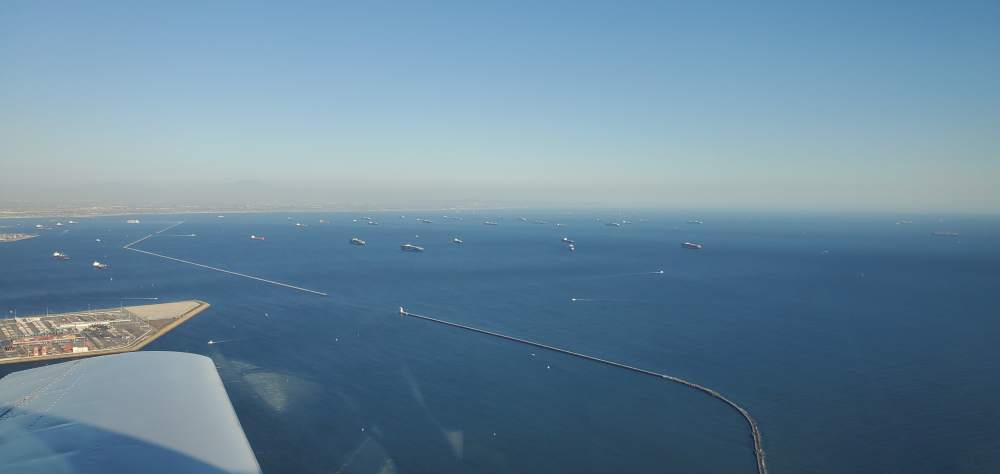
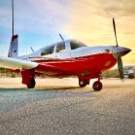

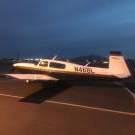

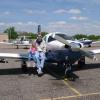
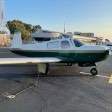
.thumb.jpg.44bc5ad17b44ec09b48bdca2a82f7a76.jpg)
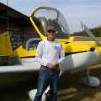
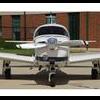



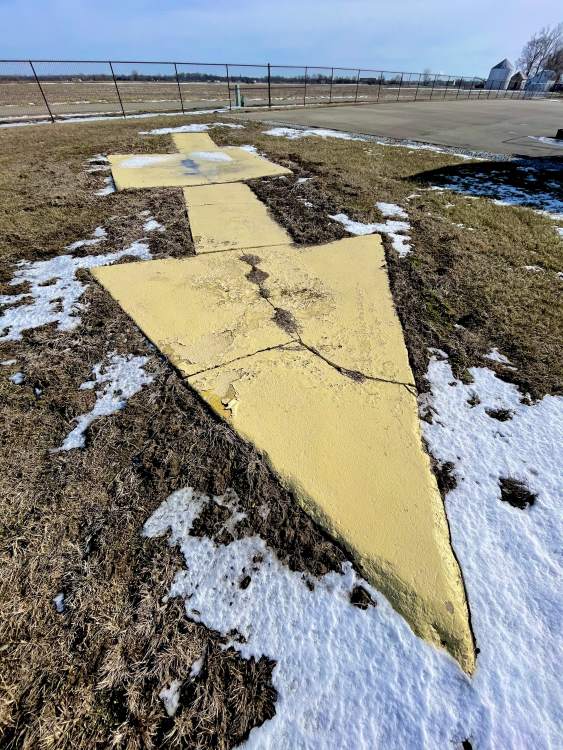
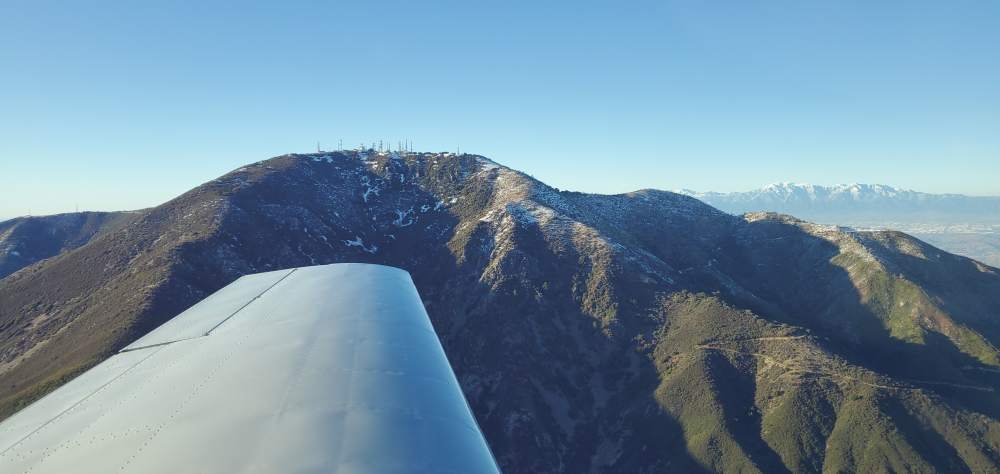
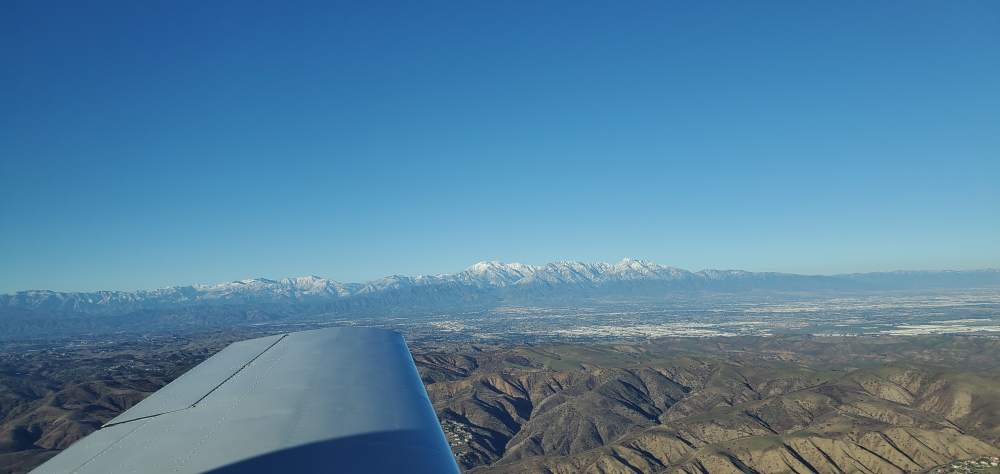
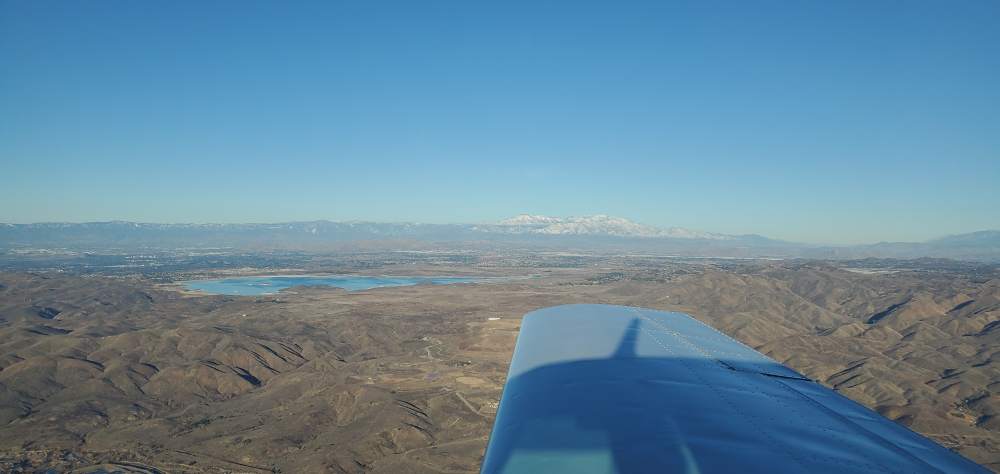
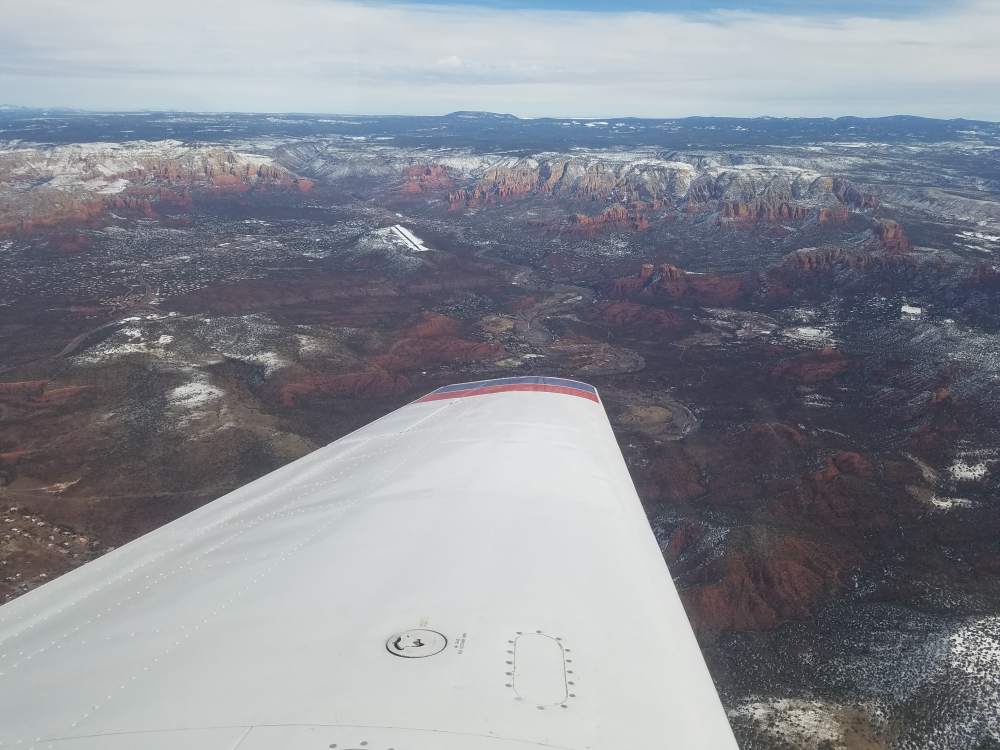
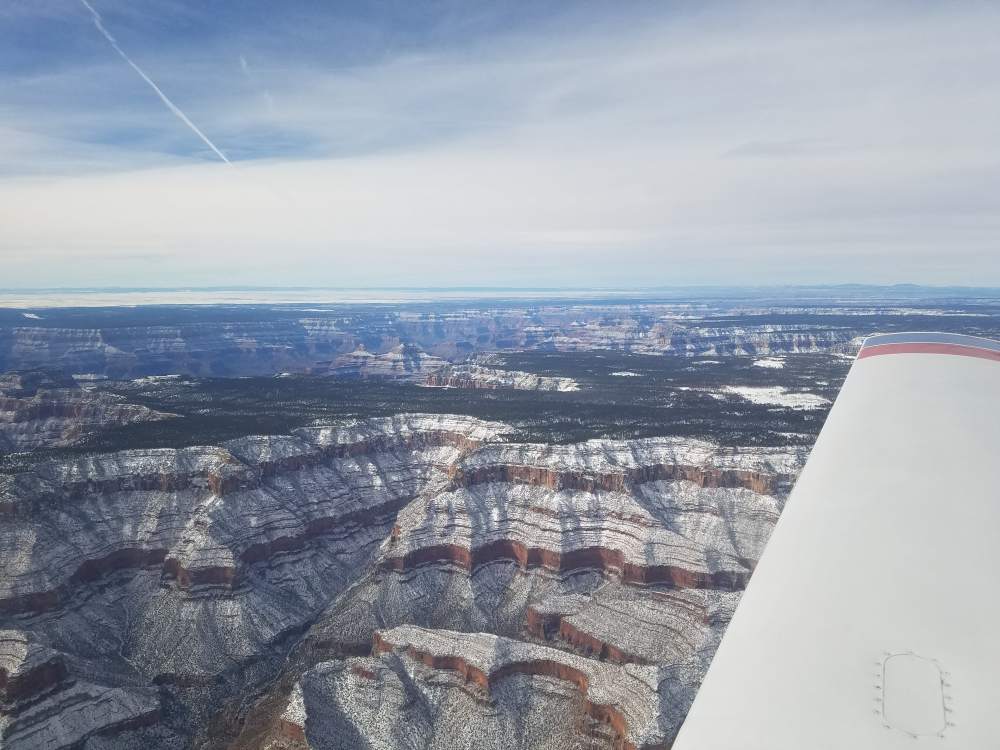
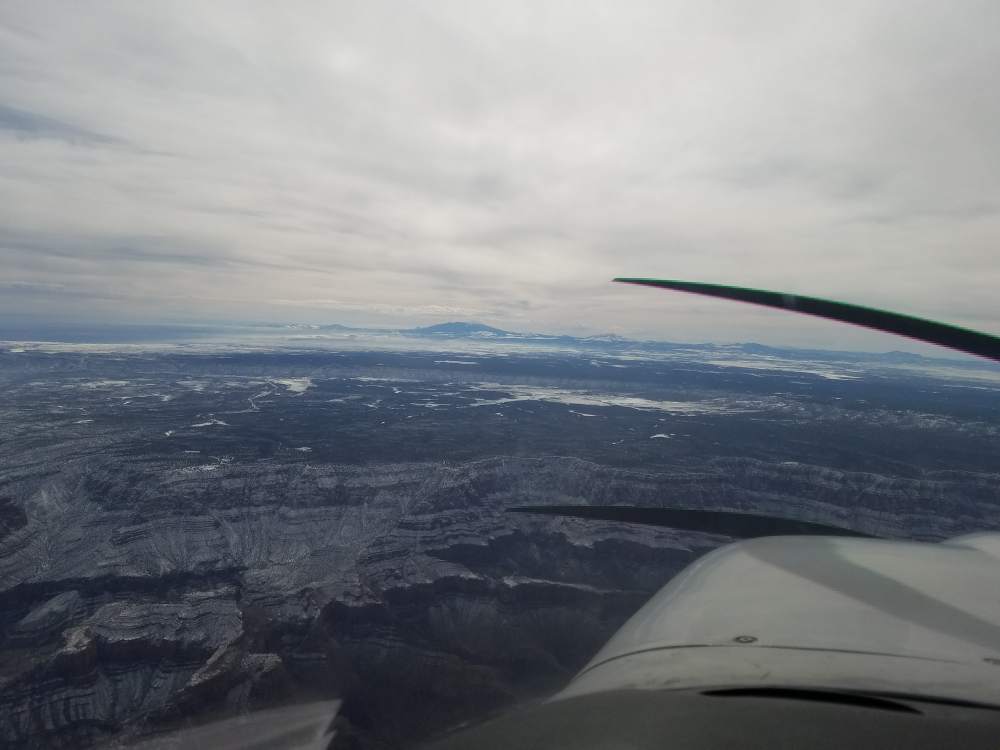
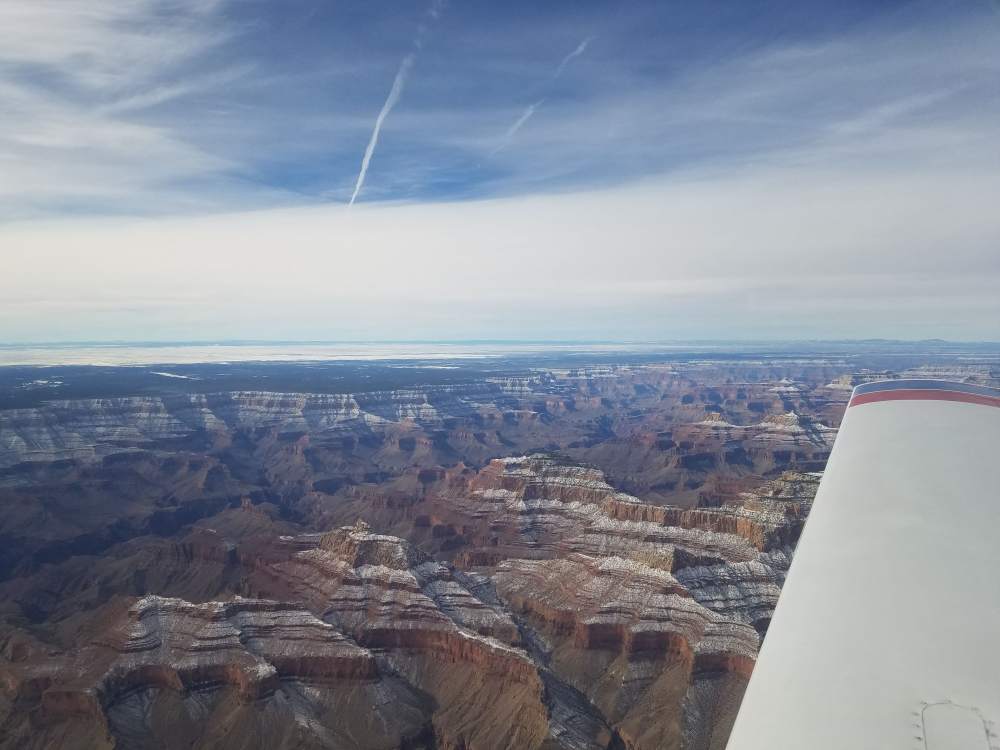

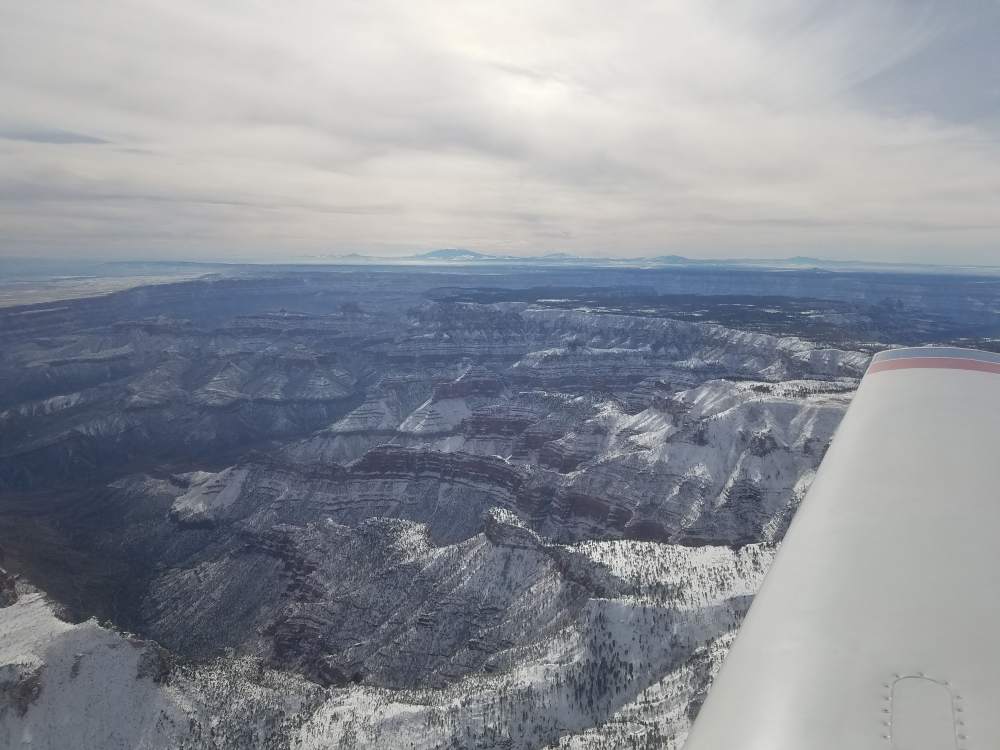

.thumb.png.7c67574d7b28f67b0b4a17760919b1ac.png)